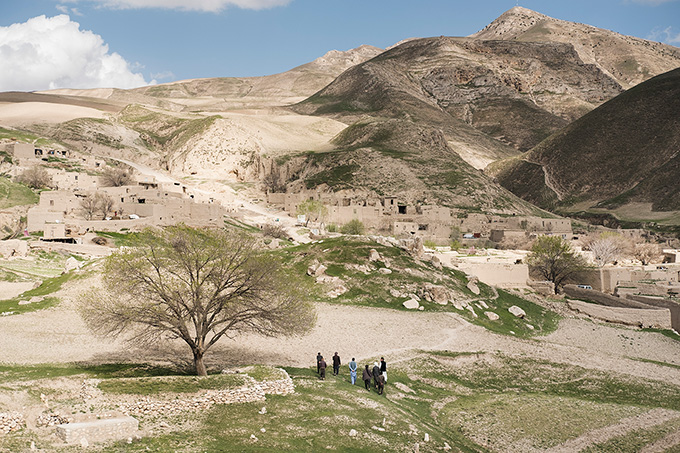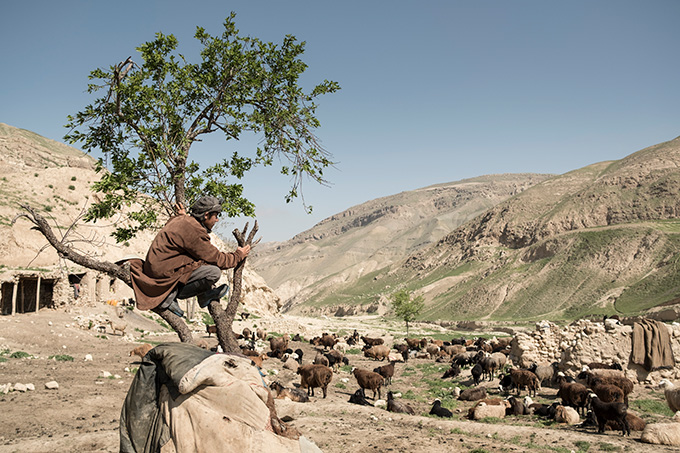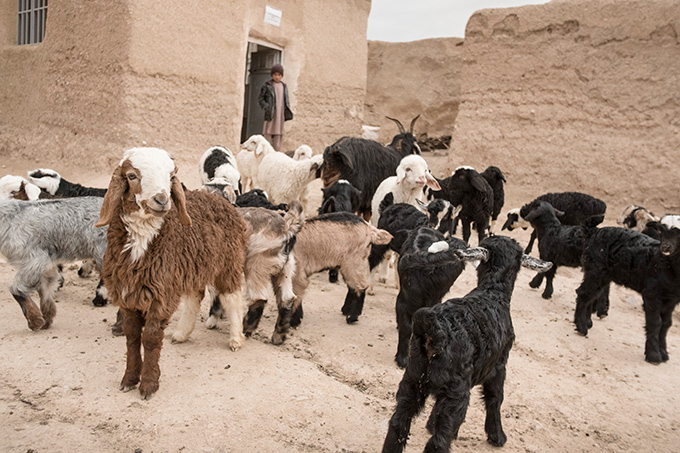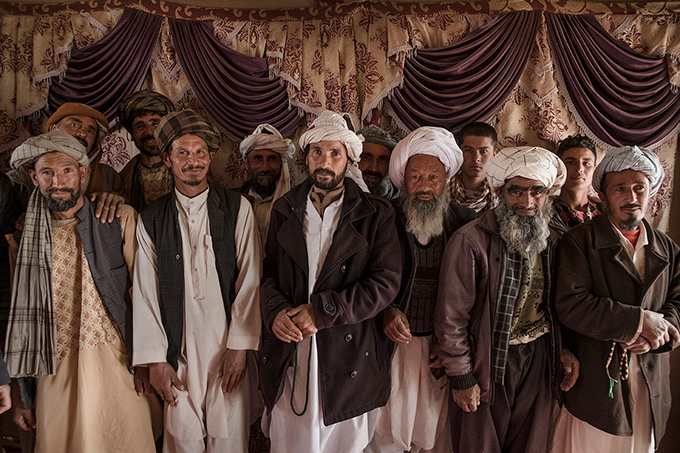With winter fast approaching, it’s officially cashmere sweater season. Soft, luxurious, and most importantly warm, it’s the ultimate staple for this time of the year—particularly for those of us who are WFH for the foreseeable future. Sadly, our love of cashmere can come at a tremendous cost to the environment, particularly in places such as Mongolia, where overgrazing and climate change have led to the degradation of an estimated 70 per cent of grasslands, with a shocking 25 per cent turned to desert.
That’s why The Burberry Foundation—Burberry’s philanthropic arm—has set up a five-year programme to ensure that cashmere is produced as sustainably as possible, as part of the luxury brand’s mission to give back to society (as seen through their recent partnership with British footballer Marcus Rashford to help children living in poverty). Based in Afghanistan, the cashmere initiative provides goat herders with training on sustainable farming, harvesting techniques and animal welfare practices, helping them to achieve higher quality cashmere and, in turn, higher prices for the natural fibre.
“Cashmere is a really important raw material for the luxury fashion industry,” Pam Batty, secretary to the Burberry Foundation and VP of corporate responsibility at Burberry, tells Vogue. “We chose Afghanistan [for the programme] because it’s the world’s third largest producer of cashmere after China and Mongolia. We were also very aware of the social and economic challenges [faced by] the people of Afghanistan—it’s suffered from years of conflict and has been impacted significantly by climate change.”

What does Burberry’s cashmere initiative involve?
Despite 90 per cent of goats in Afghanistan producing cashmere, the vast majority of herders are simply not aware of its value as a luxury raw material. “They’re sitting on a goldmine, if the right techniques are employed,” says Agnė Baltaduonytė, advocacy manager at Oxfam in Afghanistan, which is partnering with Burberry on the initiative. “It starts with knowledge: ‘This is how you clean it’, ‘This is how you process it’.”
Helping goat herders to form collectives allows them to get higher prices for their cashmere. Previously, individual herders would have to sell to middlemen rather than the big traders—meaning they’d be paid significantly less. In less than three years, the initiative has helped raise the price of cashmere in Afghanistan from $17 per kg in 2017 to as high as $31 per kg in 2019. “Now herders have access to one-stop shops inside their communities, where they can collect their cashmere [together] and sell a larger amount for a much higher price,” says Mohammad Ali Roshan, cashmere programme manager at Oxfam in Afghanistan.

Empowering women, who play a crucial role in these herding communities, is another key aspect of Burberry’s cashmere initiative. “Women are often the ones working with livestock, doing the dehairing [separating fine cashmere from the coarser hairs],” Baltaduonytė says, adding that 28 per cent of the herders supported through the initiative so far are women. “We’ve been trying to promote women in leadership positions, and having female co-ordinators at the stop shops.”
How will the initiative help to protect the environment?
Ensuring that herders in Afghanistan have financial security is important from an environmental perspective, too. “We are seeing overstocking of pastures, but it’s not cashmere that’s producing that situation—there are a lot of different livestocks that Afghan producers have,” explains Andrew Nobrega, global programmes director at PUR Projet, a bespoke project development company working on the initiative. “If we want to see a reduction of overstocking, we need to improve the livelihoods of the producers so they have the flexibility to help manage those ecosystems in a better way.”

While land degradation from cashmere production is not currently an issue in Afghanistan, the programme offers training in regenerative farming techniques to prevent it from becoming one in the future. “We’re seeking to promote the ideals of good pasture management, which should regenerate the pasture and sequester carbon over time,” Nobrega adds. Enabling herders to achieve higher yields of cashmere from fewer goats will also help protect natural resources in the long-term: “We need [producers] to understand how to protect the sustainability of this programme, so they can continue to produce this [cashmere] in perpetuity.”

Creating a more responsible fashion industry
The Burberry Foundation’s cashmere initiative shows the impact fashion can have on local communities, by building closer relationships with producers in the supply chain. “It’s about livelihoods,” Batty says, describing how the climate crisis is making living conditions in Afghanistan more precarious. “Last year there was a severe drought, and they’re becoming more frequent. Building this resilience in the communities on the ground is really important.”

With sustainability now a key concern for consumers, the project will help brands source cashmere more responsibly by diversifying the range of options on offer. While recycled cashmere is becoming an increasingly popular choice for eco-conscious brands, continuing to support the livelihoods of cashmere herders remains important. “Recycling is fantastic from a climate change and resource perspective,” Nobrega explains. “At the same time, there’s a real opportunity to actively improve the livelihoods of people in vulnerable positions, and promote net-positive environmental action; it’s finding the right balance.”

The programme is a tangible example of what fashion brands can actually achieve on the ground, in a relatively short space of time—allowing us to make cashmere purchases with a clearer conscience. “Burberry has stepped up and said it wants to address this [issue], and improve the sustainability of the cashmere industry as a whole,” Nobrega says. “[Brands] have to take responsibility and say we represent an industry that cares about climate change, social wellbeing and equity.”





